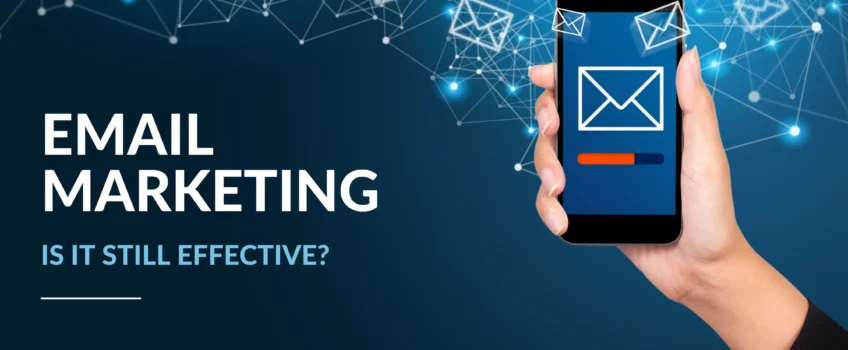
Email marketing for business is a highly cost-effective way to reach and engage with your target audience. In this digital age, email remains one of the most widely used forms of communication and continues to play a significant role in business marketing strategies. In this blog, we will discuss the importance of email marketing for business, the various types of emails and a simple breakdown of how to create an effective email marketing campaign.
Benefits of Email Marketing for Business
Email marketing is a type of online marketing strategy that utilises email communication for promoting business products or services. Here are 7 benefits of email marketing for businesses:
1. Cost-effective
Email marketing is one of the most cost-effective marketing tactics for businesses. By utilising existing email addresses, you can save money spent on print media, postage, and other marketing essentials.
2. Increased Customer Engagement
Email marketing for business allows direct communication with customers in their inboxes. Your business has the opportunity to interact with your customers by providing useful information and promotions for your products and services, which can increase customer loyalty.
3. Ability to tailor messages to the right audience
By segmenting email lists and utilising personalised messages, you can match specific targeted emails to the audience best suited for them, improving the chances of your customers engaging with the email.
4. Higher ROI
With proper implementation, email marketing has been shown to yield a high return on investment (ROI), meaning you can get more value from this marketing tactic. The higher ROI results from the cost savings of implementation, and the direct-to-consumer approach decrease the dependence on third-party vendors.
5. Increased brand awareness
Consistently sending emails can help establish your brand name and create product or service recognition. This allows customers to remember your business and come back, increasing the likelihood of purchases and creating repeat customers.
6. Access to data and analytics
Email service providers provide data analytics that allows you to track how customers engage with your emails. With the data provided, your business can adjust its strategies, identify high converting campaigns, and use data insights to improve future campaigns.
7. Greater likelihood of conversions
With correct targeting and segmentation, the chances of turning potential customers into paying customers goes up exponentially. By offering promotions or discounts within your emails, you can increase your conversion rates.
Email Marketing for Business: Metrics & Measures of Success
Email marketing for business is a powerful tool for businesses to reach and engage with their target audience. And with the right strategies in place, you can use email campaigns to increase customer engagement and brand awareness while also utilising data analytics to improve future campaigns. In this section, we will cover the metrics and measures used to gauge the success of email marketing campaigns.
Open rates
Open rates is an email marketing metric that refers to the percentage of recipients who opened an email from a marketer out of the total recipients who received that email message. This metric indicates how many people found the subject line and the email content relevant and interesting enough to actually open and read the email. Open rates are usually calculated by dividing the number of unique opens by the number of emails sent, then multiplying this value by 100 to get a percentage.
In 2021, the average email open rate for marketing newsletters across all industries was 21.5%, which is a 3.5% increase from 2020, according to the 2022 Email Marketing Benchmarks Report by Campaign Monitor. The industries with the highest open rates, such as Education, Agriculture, and Financial Services, had an average range of 25-28%. Take a look at the table in the article and see what the average email open rate is for your industry and then compare your campaign’s open rates.
Open rates may serve as an important indicator of the effectiveness of email marketing campaigns. High open rates signify that the email’s subject line was compelling enough for your audience, while low open rates may indicate that emails are being sent to the wrong audience or you used a poorly crafted subject line.
Recommended: Simple Email Marketing Tips For Better Open Rates
Click-through rate
Click-through rate (CTR) is another email marketing metric that quantifies the percentage of recipients who click on a link, button, or image in an email out of the total number of recipients. CTR is a valuable indicator of engagement and measures the interest of your audience in your offering.
CTR is calculated by dividing the number of clicks by the number of emails delivered, then multiplying this value by 100 to get a percentage. To boost CTR, marketers can utilise tactics like clear calls to action (CTA), using personalised content, and segmenting their email audiences.
Click-to-open rate
Click-to-open rate (CTOR) is an email marketing metric that measures the number of clicks on links in an email divided by the number of successfully delivered or opened emails. CTOR determines the success of an email in generating recipient interest in the content after opening and the recipients’ interest in engaging with the email’s content. Essentially, CTOR is a more accurate metric for evaluating an email’s content’s effectiveness since it solely measures the proportion of recipients that engaged with the email after opening it.
To calculate CTOR, divide the number of clicks by the number of unique opens, then multiply the quotient by 100 to obtain a percentage. For example, if an email has 100 clicks and 500 opens, the CTOR would be 20%.
Marketers can optimise CTOR in their email campaigns using a variety of tactics, such as A/B testing, segmenting their email list or audience, experimenting with different CTAs and subject lines, and sending targeted content to improve relevance.
What Is the Average ROI of Email Marketing for Business?
Email marketing is cost-effective, and unlike traditional advertising methods, it offers a high return on investment (ROI) with little upfront cost. According to the Direct Marketing Association (DMA), email marketing’s average ROI in the UK was £42 for every £1 spent in 2019, making it a valuable tool for businesses to reach and engage with customers.
Email Marketing for Business: Different Types and Strategies
There are many different types of emails that businesses can use to communicate with their customers or prospects. Here are some common types of business emails:
- Welcome emails: Sent to new subscribers or customers to introduce them to the brand and thank them for their engagement.
- Promotional emails: Aimed to promote sales, offers, or discounts to subscribers with an expected call-to-action.
- Newsletter emails: Regular emails are sent to inform subscribers of company news, offers, and information.
- Abandoned cart or browse reminder emails: Sent to customers who abandon their online shopping cart or leave a website without making a purchase.
- Feedback or review request emails: Inviting customers to leave feedback or review of their interaction with the business.
- Re-engagement emails: Sent to dormant subscribers who hadn’t engaged with the business in a while with an incentive to reignite their interest.
- Event invitation emails: Inviting subscribers to participate in a company event or occasion.
- Survey or research emails: Sent to subscribers to gain insights or understand their preferences on particular business aspects.
By using various types of business email strategies, businesses can build stronger relationships with subscribers and increase customer engagement.
How to Create an Effective Email Marketing Campaign
1. Define Your Goals
The first step to creating an effective email marketing campaign is to define your goals. What do you want to achieve? Are you looking to drive more sales, increase website traffic, or build relationships with customers? Knowing what your objectives are will help you plan your strategy and create content that aligns with those goals.
2. Build Your Email List
Email marketing for business is a crucial aspect of a successful marketing campaign. To effectively build an email list, relying on the placement of an opt-in form on your website might not provide optimal results. To grow your email list, you need to entice people with a compelling offer, which brings us to lead magnets.
A lead magnet is a free offering given to visitors in exchange for their email addresses. Ultimately, creating a lead magnet does not have to cost a lot of money; most are digital materials such as PDFs, MP3 audio files, or videos that you can create yourself at minimal or no cost. The lead magnet should provide significant value to your visitors, establishing a relationship and increasing the probability of future engagement.
Here are a few different examples of popular lead magnets:
- Ebooks
- Condensed lists of tips or resources
- Detailed analysis documents or research studies
- Online seminars or workshops
- Complimentary product or service trials or samples
- Free quotes or consultations about products or services
- Self-assessments or quizzes
- Vouchers, coupons or discounts for products or services
Using the right lead magnet for your business model will allow you to attract more committed subscribers to your email list who will engage with your brand, ultimately leading to more conversions.
3. Segment Your List
When you have built your email list, segmenting it will help you create more targeted messages for different groups of subscribers. By dividing the list into smaller segments based on criteria like demographics, interests, or customer history, you can tailor content to each group and increase engagement rates.
4. Create Engaging Content
Writing engaging content is an essential part of email marketing for business. To create compelling emails, you need to focus on creating relevant and valuable messages that will entice your subscribers to take action. Include a strong call to action in each email, and make sure the content is interesting, informative, and easy to read.
5. Test and Optimise
Finally, it’s also important to track the performance of your emails to understand how your subscribers are engaging with your content. Testing different elements like subject lines, visuals, or copy will help you determine which works best for each segment and will allow you to adjust your strategy in future campaigns.
Recommended: Email Marketing Mistakes And How To Avoid Them
Email Marketing for Business: How WSI Can Help
At WSI eMarketing, we specialise in helping businesses create and execute effective email marketing campaigns. Our team strives to furnish our clients with premium insights and strategies to help them thrive in their digital marketing pursuits.
Please feel free to contact WSI eMarketing if you need professional digital marketing services and advice. Our areas of expertise include web development, SEO, social media marketing, marketing automation, and more.
Related Post
Take Charge of Your Email...
Email marketing is still one of the most effective marketing strategies but it’s not as...
- September 6, 2017
- By Rob Thomas
- Business Growth
Harnessing the Power of...
With the digital world growing exponentially, it’s not surprising that more than 40%...
- September 21, 2017
- By Rob Thomas
- Business Growth
5 Elements for Successful...
The marketplace is getting more crowded by the day and standing out is harder than ever....
- November 10, 2017
- By Jacques Van Den Wijngaerd
- Content Marketing
Back to Basics: Fundamentals...
Creating a successful marketing email is more important than ever before. So much data is...
- November 24, 2017
- By Jacques Van Den Wijngaerd
- Analytics
Mastering The Marketing...
When it comes to successfully managing and improving your marketing and sales results,...
- December 15, 2017
- By Jacques Van Den Wijngaerd
- Analytics
7 Ways To Master Email...
A new year gives the opportunity to tell your story in a different way and perfect your...
- December 29, 2017
- By Jacques Van Den Wijngaerd
- Analytics


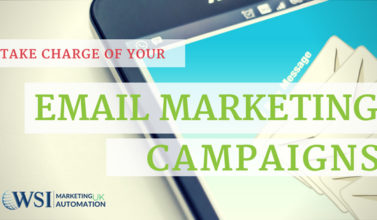

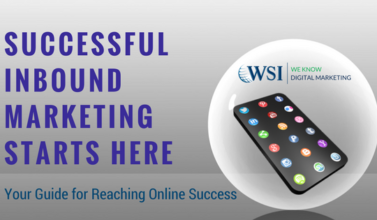
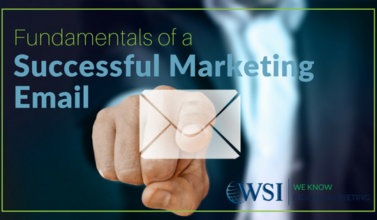
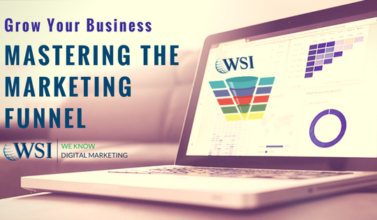
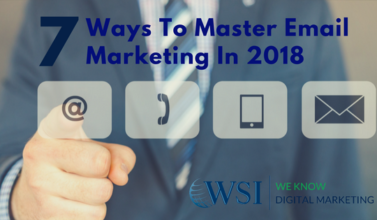




Leave a Comments